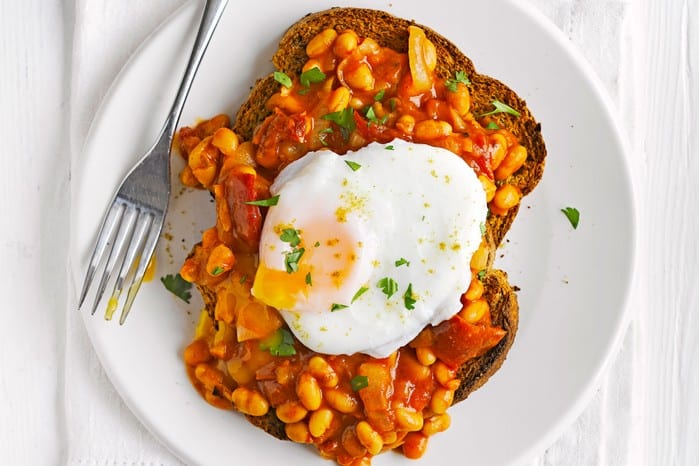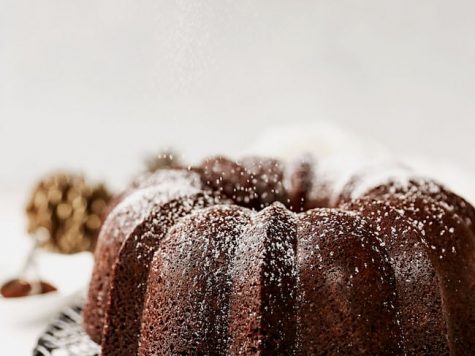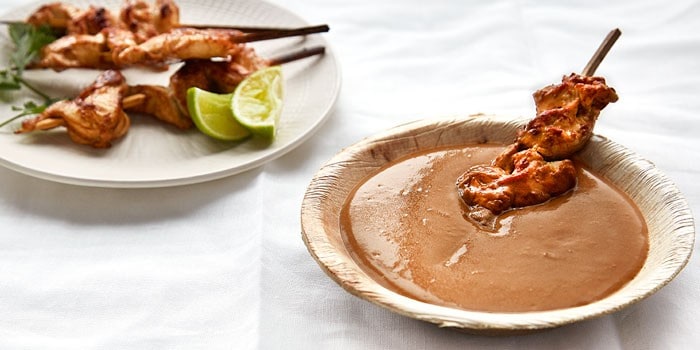Interested in trying our FREE 7-day healthy diet plan? Click here and choose between our meat eaters, vegetarian or vegan meal plans.
A well-planned vegetarian diet can be tasty, nutritious and healthy, but when children are involved, we need to take extra care to ensure it’s balanced. Protein and iron – essential for growth and development – are two important elements of the diet that can often be overlooked. Here are my top 10 tips to make sure children aged over one have the healthiest diet possible.
1. Include plant-based protein
Aim to serve your child three plant-based protein foods a day such as lentils, beans or soya mince. These foods are rich in protein, which is needed for growth and repair of cells and will provide the nutrition kids need to grow.
Discover the best vegetarian sources of protein.
2. Be cautious of fibre intake
Be careful not to fill up on fibre. While fruit and vegetables are a really important part of your child’s diet, they’re low in calories and don’t have enough energy. Avocado and hummus are energy-rich foods that should be included in a vegetarian diet.
3. Consider peanut butter (if safe for your child)
Peanut butter is an excellent source of protein and it’s full of calories. If your child doesn’t have a nut allergy, including peanut butter is a great choice. It’s important to remember not to give nuts or peanuts to children under five years old, because they may choke on them.
Read more about allergies in children.
4. Boost iron intake
Iron is key. It’s used to make haemoglobin, which carries oxygen around your child’s body to the cells. Iron stores begin to deplete at six months. Include iron-rich foods such as dark green leafy vegetables, broccoli or okra at every meal.
5. Combine iron with vitamin C
Vitamin C increases the absorption of iron. With this in mind, offer your child an orange, tangerine or satsuma after their meal. A small glass of well-diluted fruit juice is something else you could try at mealtimes.
6. Include eggs
Eggs are full of vitamin B12 and should play an important role in a vegetarian diet. B12 helps your child’s body release the energy from the food they eat, and is essential for making red blood cells and supporting a healthy nervous system. But, always ensure they’re cooked through.
7. Snack on dairy
Yogurt and cheese are high in calcium and protein, and make excellent snack foods to include in your child’s diet. They help build strong bones.
Read more about the best calcium-rich foods.
8. Increase iron intake
Chickpeas, lentils and fortified breakfast cereals are also iron-rich and are a fantastic option to include in a vegetarian diet. Be mindful of which breakfast cereals you choose, as some are high in added sugar.
9. Supplement carefully
Include vitamin drops in your child’s diet daily until age five. This will give you the peace of mind that your child is getting all of the vitamins they need.
10. Drink milk
Milk is packed full of calcium, vitamin D and protein, and is important for bone development. Aim for three glasses a day, but be careful your child isn’t having it to the exclusion of other nutritious foods. You don’t want your child filling up on milk before mealtimes and avoiding iron-rich foods instead.
Take a look at our veggie recipes for kids collection for inspiration.
Like this? For more…
What to eat for a vegetarian pregnancy
The best freezable vegetarian family meals
Vegetarian Father’s Day menu
10 easy vegetarian student recipes
Healthy vegetarian comfort food recipes
Do you have any tips or advice for feeding a vegetarian child? Leave a comment below…












